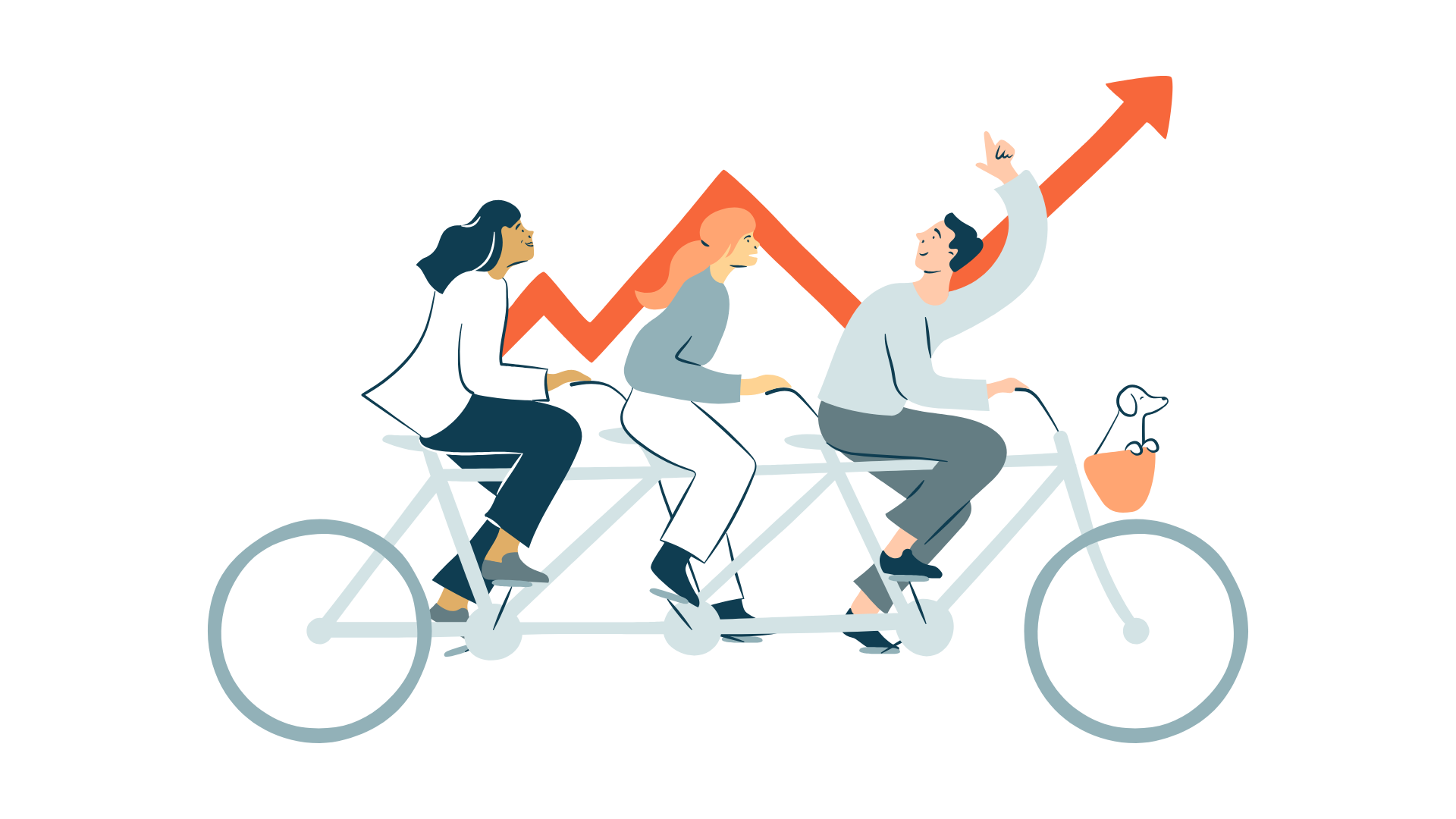Diversity and inclusion matters have been on the rise lately, and fortunately so. All of these topics are valid and serious issues. We strive to find solutions to some of the ongoing issues. This topic needs to be tackled from multiple angles, however, during this blog, we’ll look at how we can have a positive impact on the process as UX and Service designers.
A quick note on terminology
*Workplace diversity
The acceptance, understanding and embracing of the differences in people including, but not limited to:
– gender, age, race, religion, disability, sexual orientation, and ethnicity.
– personality, education, skills, knowledge, and experience.
* Inclusion
Inclusion is a collective of conscious choices to improve a supportive, collaborative and respectful environment. The idea is to increase participation for all employees regardless of the above.
*Diversity and Inclusion
This describes the company’s practices and strategies to boost the diversity and inclusion in the workplace. The aim is not only to be a noble company but, the goal is to achieve a competitive business edge.
What you can do as a designer.
Alrighty, enough talking about intangible concepts, let’s have a look at what we can do as designers to directly impact the diversification of a workplace.
1. Redefinition of masculinity and femininity through design
As designers, we help re-enforce stereotypical thoughts in our user’s mind. Challenge yourself to always think differently about gender roles. Why do Yoga apps always look delicate? Why are some pages still pushing for pink and purple to attract women? Stop designing sports pages with male-oriented linguistics. Choose boundary-pushing imagery, not sometimes but often. Whether it’s a female truck driver or male nurse, always challenge the status quo. However, be aware of pretentiousness, users can see right through that. Have a cohesive and holistic approach to achieve a consistent image of correct redefinition.
2. Discard assumptions and bias from your Design Thinking or UCD process.
Does the nationality of a person really add vital information to your persona or will that build more stereotypical assumptions? Are you covering all shapes and sizes of people in your user research? Thinking constantly about these questions will help prevent any backlash and produce truly inclusive products.
3. Re-evaluate ”normal” and ”average”.
Over the centuries we have been trained to think that normal equals homogeneity and diverse equals odd. A lack of diversity in traditional and digital media also trumps the development of diverse and inclusive concepts. As designers, we are constantly working closely with these mediums and we are able to redefine normal. Being diverse is normal.
4. Accessibility as a requirement.
Security aside, no doubt that most designers would like to create products that are accessible to everyone. However, most designers find it quite complex to create a product that is truly usable and useful for people that are less able in certain aspects. The reason being ’working from the bottom down’. In other words, the thought about accessibility is considered at a late stage where further simplification might prove tough. Around 5% of the world is colour-blind, meaning that colour coding should always have an alternative in your design. In other words, do not rely on colour to communicate. In general, the solution to accessible design is simple. Have accessibility analysis as part of every step in the process. This is an extra step but that should be standardised to reach a truly inclusive experience.
5. Place yourself in someone’s else psyche
By placing yourself in some else’s shoes, often you can reveal emotions and needs that you might otherwise overlook. This is the next best approach, other than getting direct user feedback. Let’s look at an ethnicity form example where one had to make a choice from a defined list
What is your ethnicity?
O White
O Black
O Hispanic
O Asian
O Other
Now let’s think about a person from the Middle East trying to fill in this form, he can either choose Asian as it happens that her/his country is situated in Asia or Other. Neither of those choices defines who that person is or what he identifies as. Such a form will extract false information and will create an un-inclusive experience that will indicate that the system or company has not taken his ethnicity into consideration. An alternative solution could be
What is your ethnicity?
O I Identify my ethnicity as …………………………
O I prefer not to say
This design will give equal importance to all ethnicities as well as a choice to not state ones’ ethnicity if they don’t wish to do so.
Conclusion
As designers, we often underestimate our role in society. Never have we had so much power to create a positive impact in the world. Our designs and products are getting distributed worldwide at a rapid pace. Thinking about the business value for our clients, without a doubt is important, and pairing it with a thoughtful design process to improve lives will transform us from good to great designers!



